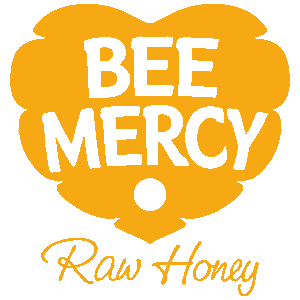
The foragers communicate their floral findings to recruit other worker bees of the hive to forage in the same area. The factors that determine recruiting success are not completely known but probably include evaluations of the quality of nectar and/or pollen brought in. There are two main hypotheses to explain how foragers recruit other workers - the "Waggle dance" or "dance language" theory and the "odor plume" theory. The dance language theory is far more widely accepted and has far more empirical support. The theories also differ in that the former allows for an important role of odor in recruitment (i.e.,...
The foundation of all things is knowledge. Even for the humble honeybee this is the case. The way the bee learns and communicates the knowledge of a food source is vital, not only for the colony or queen, but for the survival of our own species. The honeybee is an amazing and fascinating creature. Every facet of its tiny body is finely tuned to be the ultimate foragers and pollinator. For example, when it flies it statically charges the small hairs on its body so when it lands on a plant the pollen practically jumps onto it. This harmonious...
Honeydew honey or Forest honey is a type of honey made from honeydew excreted by plant-sucking insects such as aphids. It is usually produced from trees, both conifers and deciduous. The ancient Roman naturalist Pliny thought honeydew fell from the stars and this belief was held for centuries. This strong-tasting, mineral-rich, savory honey is the result of a relationship between aphids and bees that is common throughout the world, yet unbeknownst to most. Honeydew honey is highly appreciated in certain parts of the world by connoisseurs and honey lovers alike for its strong flavor and healthful properties. Why do aphids eject honeydew in the...
Raw Honey is the elixir of life. This wildly crafted substance is full of vitamins, iron, and minerals. The amazing benefits of honey can help your skin feel soft restore your natural glow, restore the shine in your hair, make your lips gloss, and help reduce those lines. For something simple, soften your skin by adding three or four tablespoons of honey to bath water and enjoying a silky, fragrant bath that soothes and revitalizes your skin. Below is a short list of beauty treatments we have compiled for you to try. Enjoy! Face Mask You will need: 2 Tablespoons...
Think, Breathe, Move, Eat, Balance. These words embody what we at Bee Mercy consider to be the core of our ethos. We must Think more, Breathe deeper, take measured Movements, Eat naturally, and be Balanced in our decisions and lifestyles. This is the essence of good health. Even with this in mind, we are all prone to certain ailments. Raw Honey is known to help, so we have compiled the below list of suggested remedies. Cold & Flu 1. Combine pure fresh juice of half a lemon with 2 or 3 teaspoons of honey. Take 3 to 4 times a day....
Honey bees are assigned different roles as they mature in the hive. 1-2 days old: They spend their time cleaning cells, starting with the one they were born in, and keeping the brood warm. 3-5 days old: They feed the older larvae 6-11 days old: They feed the youngest larvae 12-17 days old: They produce wax, build combs, carry food, and perform undertaker duties. 18-21 days old: They perform guard duty, protecting the hive entrance. 22 days until death (Around 40-45 days): They fly from the hive collecting pollen, nectar, water, and pollinating plants. How wonderful! :) Shop Save...
